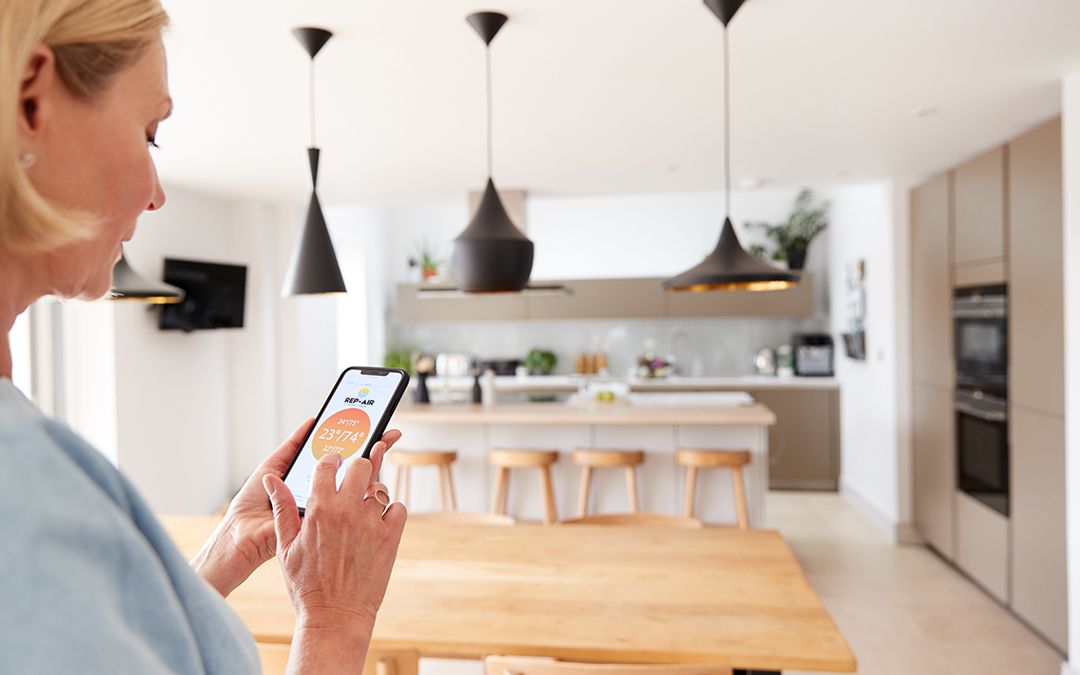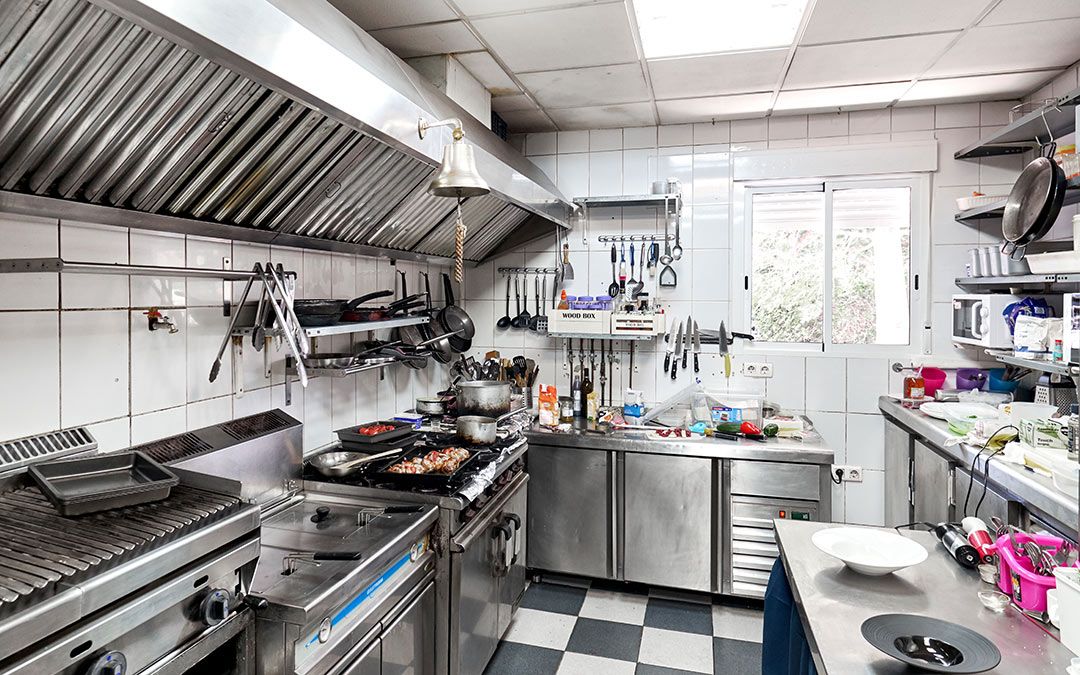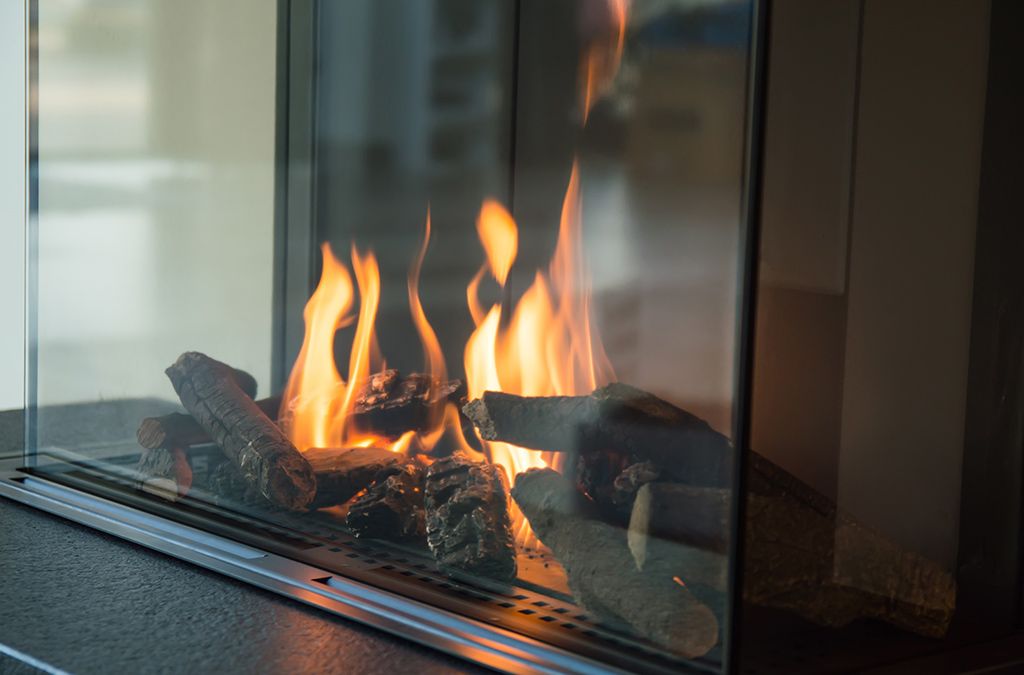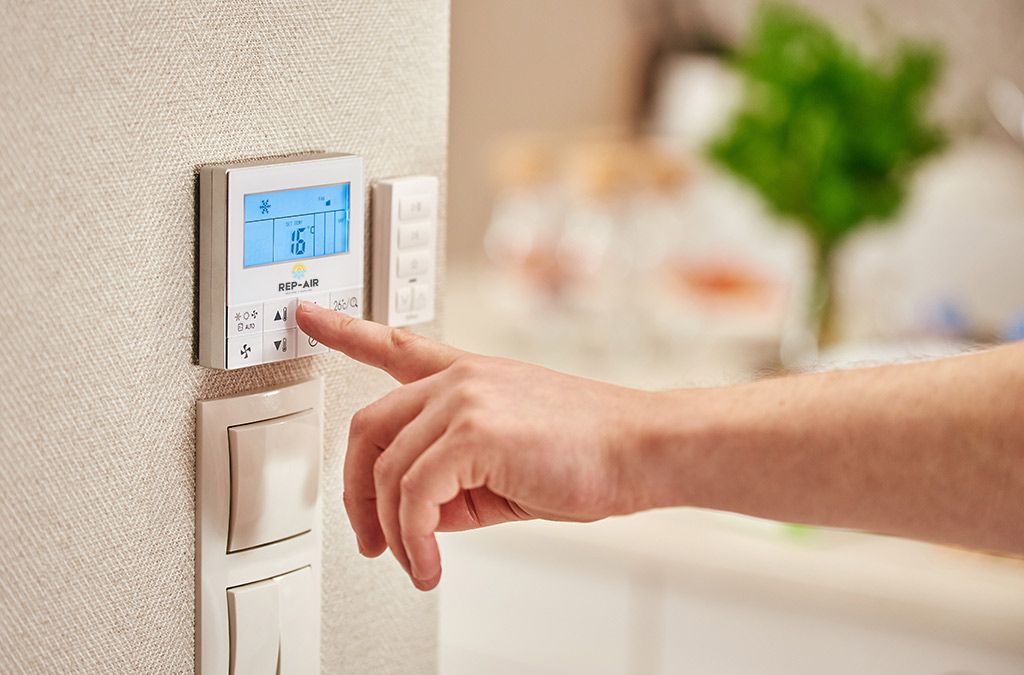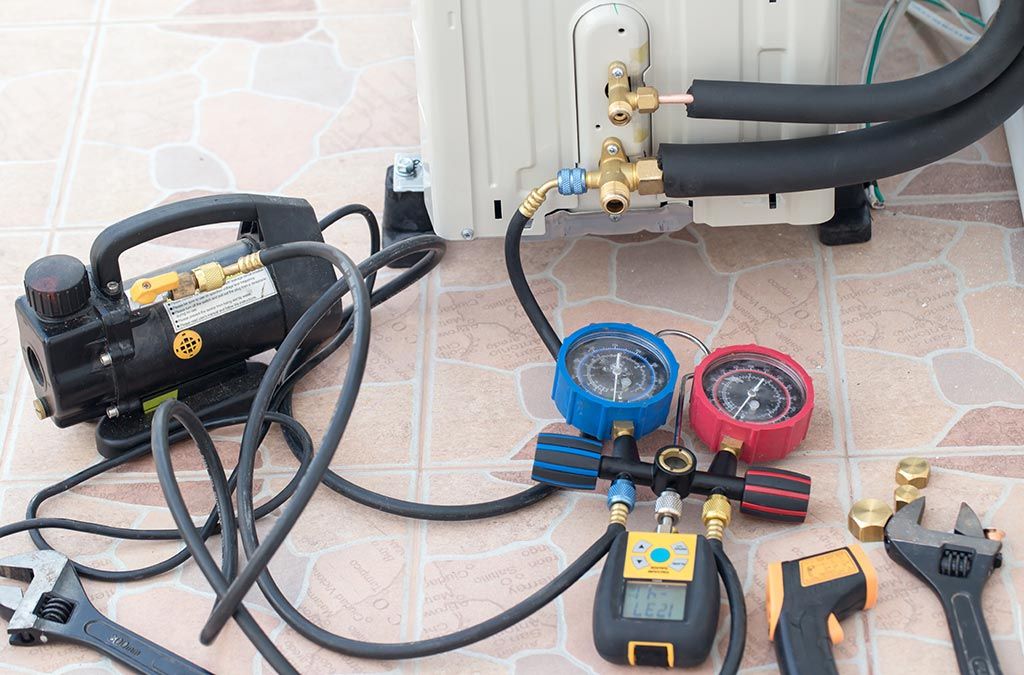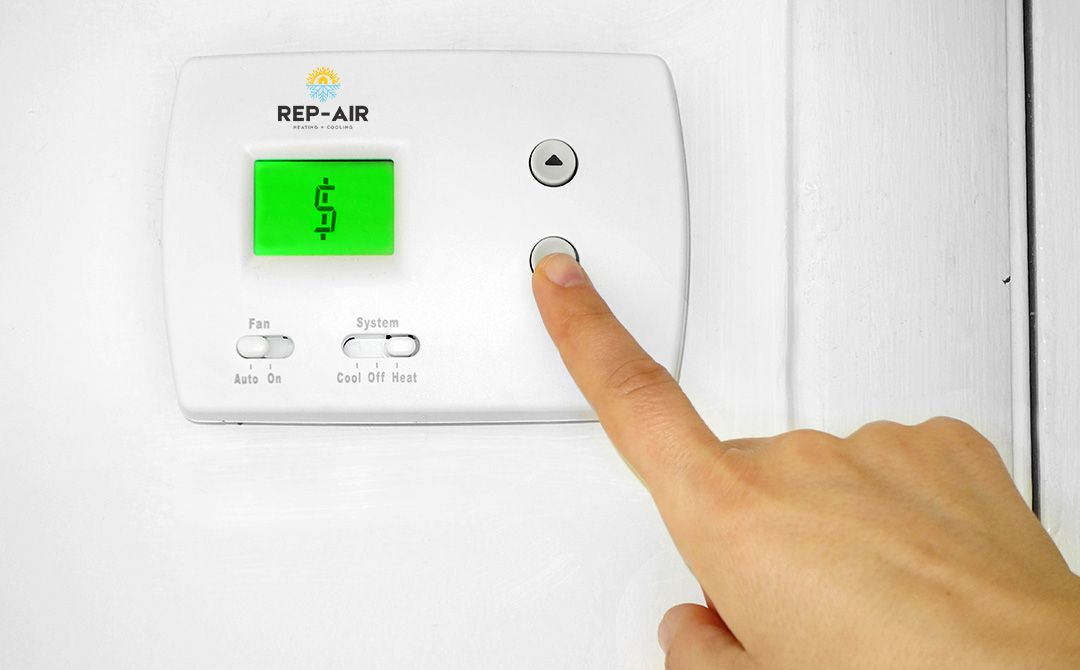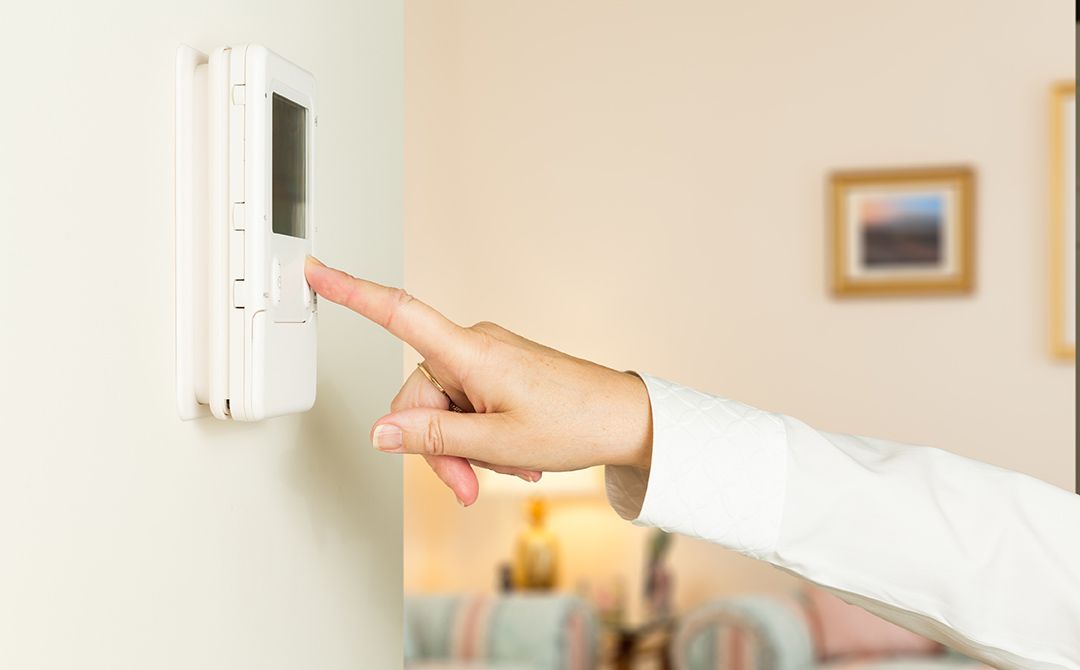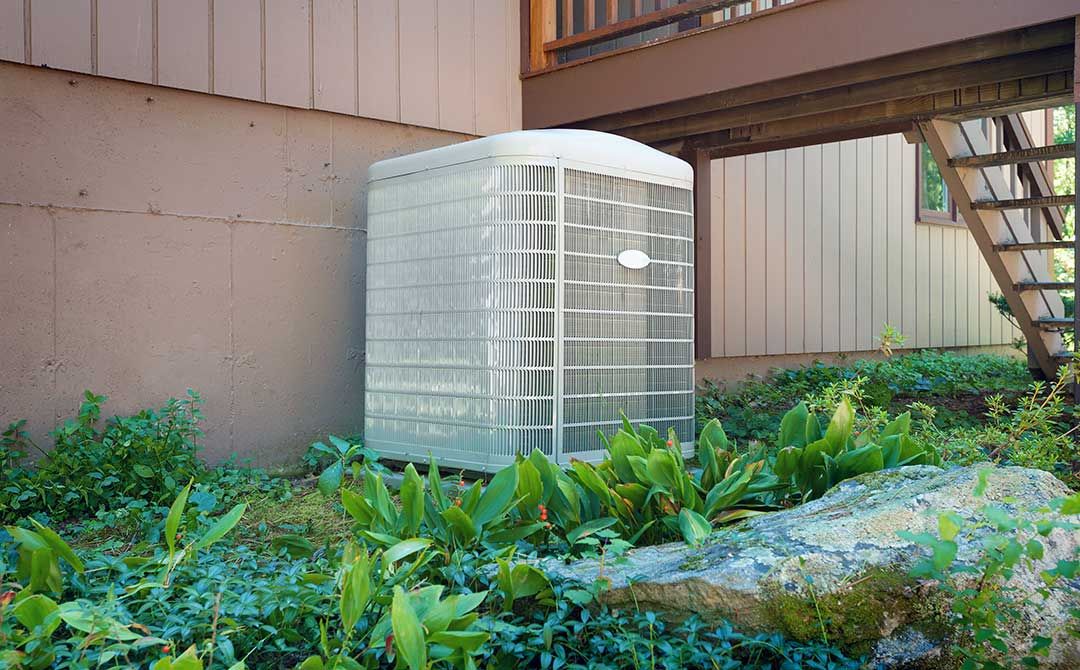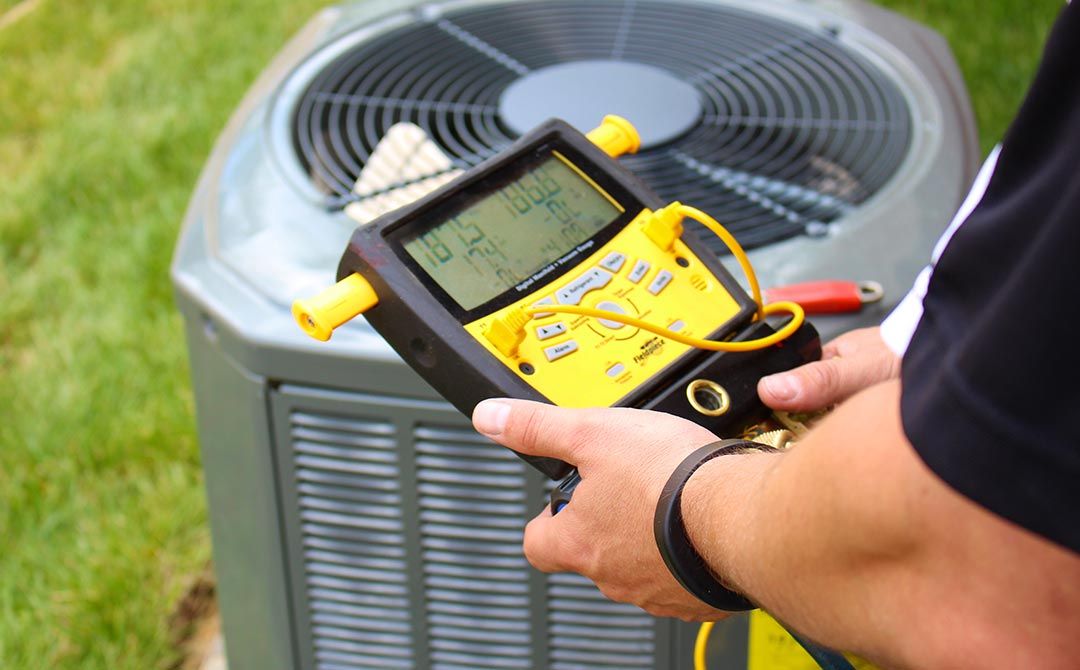Pros and Cons of Installing Central A/C in Homes
Summer may be over now, but it’s technically the low season for maintaining and installing new air conditioners and furnaces regardless. For now, let’s talk about air conditioning.
You may think that central air conditioning in your home may be the best means of cooling it down, so you might ask your technician to get an installation done (see our tips on how to tell the signs that it’s needed very badly). Like everything in life, however, be careful what you wish for or it might come true—including the consequences. To help you determine if it’s the best solution for your home, here is a lowdown on the pros and cons of residential central A/C.
Pro: A Consistent Temperature Year-round
If you live in the southernmost part of BC, or in a part of the Lower Mainland where summer is almost too hot, then central air conditioning is the best way to ensure your home is constantly cool in every room. This is the major benefit of this type of A/C system: the consistent temperature wherever you go, all year round. Hot summers are the reason why homeowners invest in this air conditioning, and in the long run, the choice is worth it.
Con: More Expensive Energy Bills
It’s no joke that the longer you leave air conditioning on, the more it will cost you. There is now new evidence to support that fact as well. According to a recent BC Hydro survey, a whopping 93% of British Columbians are increasing their costs in electricity usage to run their air conditioning by leaving the temperature much lower than the recommended number. It’s also costing $300 to run an A/C system as opposed to $6 for a fan. That’s a lot of money being spent on air conditioning!
Depending on your home’s humidity levels and size, among other factors, you could be looking at even bigger energy bills than you were previously used to before you installed central air conditioning as well. If you can’t budget for central air conditioning, or you keep lowering the temperature below the recommended 25 degrees Celsius (77 degrees Fahrenheit), then central air conditioning is not the best choice for your home.
Pro: Filtered Air
Air is usually circulated through the ductwork in a central A/C system, and it’s usually filtered in the process. That means the air quality of your home will improve and there will be less allergens and potentially harmful gases being distributed to each room. If you live in a humid and warm location, the humidity levels will also improve because of the filters. This ensures your home stays at a comfortable temperature regardless of the humidity levels inside and out.
Con: Mould and Mildew Develop More
Sure, central air conditioning does not require so much maintenance as its counterparts, but gunk and gross particulates can still develop if it’s left alone for too long. The air quality can drop and mould and mildew particles will travel to other rooms in the house while the cool air is being circulated. Both of these things can be harmful to our health if left untouched for too long, and sadly central A/C is more susceptible to development than other air conditioning systems. Unmaintained air conditioning can also render the previous benefit of filtered air useless if you don’t clean and maintain it regularly.
Pro: The Thermostat is Programmable
Every central A/C system on the market now comes with a programmable thermostat, which means it’s a ‘smart’ system. This type of air conditioning comes with its own slew of benefits, which we’ve actually covered in a previous blog post before. The biggest ones that are worth mentioning again is that you can adjust the temperature on a timer rather than having to do it manually. You can also program the thermostat to switch on and off at certain times when no one’s home so that you save on the money used to cool the house down. These and many more features are why central air conditioners are really useful for homes, especially the smart kinds.
Con: Ducts and Installation Can Also be Expensive
When it comes to these types of A/C systems, the ductwork is what can make or break a decision for installation. If your home already has ducts for a furnace, then all that’s needed is to hook up the central air conditioning unit to your home’s duct system. It’s a simple enough task for your HVAC technician.
However, if your home doesn’t have a furnace or the ductwork, you need to consider the cost of installing this aspect as well. Installing ductwork is a huge undertaking and involves renovating your home entirely; floors and walls both need to be opened up. While installing new ducts and a new central A/C unit will certainly increase your home’s long-term value, it’s a major investment that requires expertise, planning, and a massive budget.
Have you looked through the list up to this point and determined central A/C is still the best thing for your home? If so, give our professional team of technicians a call. At Rep-Air Heating And Cooling we provide our customers with many options that will best suit your needs from heating and cooling to refrigeration. Contact us today for your complimentary quote: 1-844-218-3362 or [email protected] and don’t forget to take a look at our website: https://www.repairheatingandcooling.com. Follow us on Facebook and Instagram for free giveaways!

